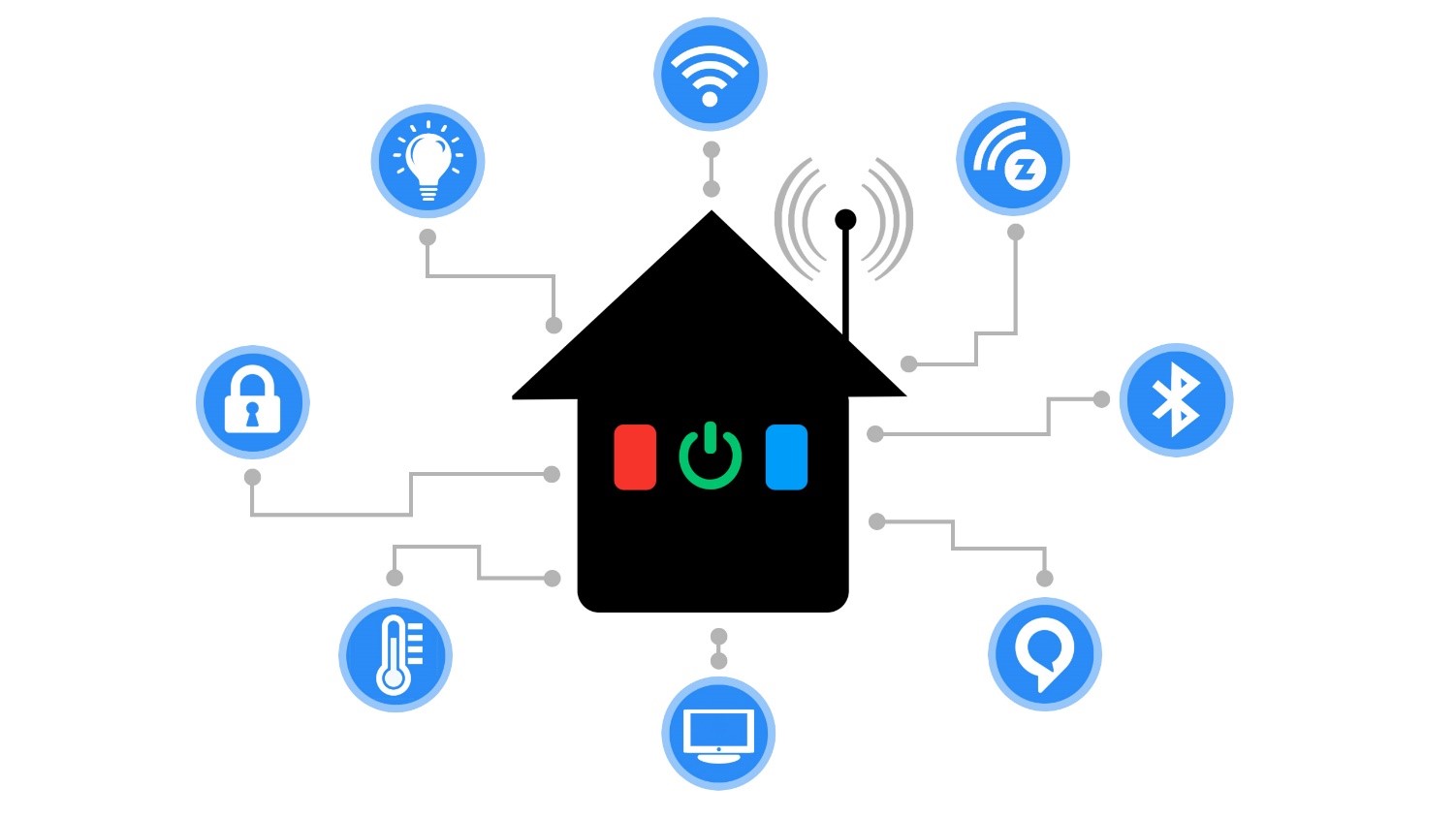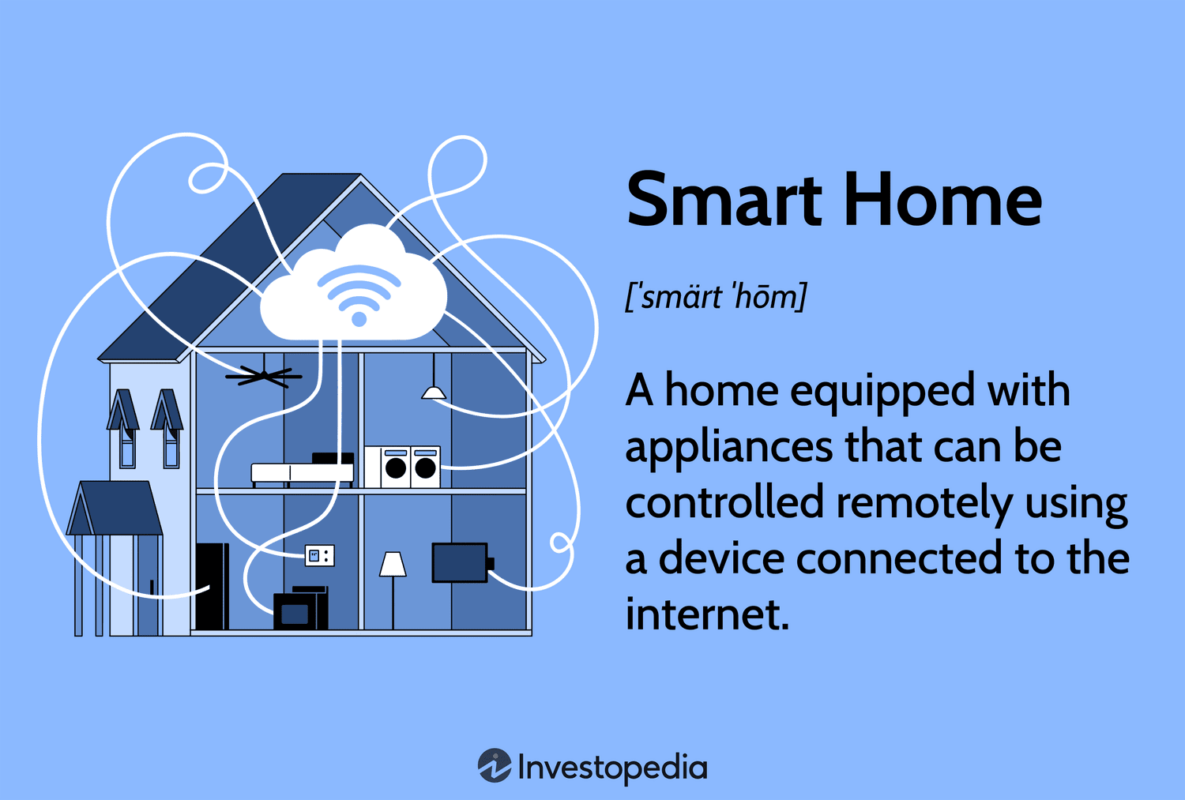Introduction to Smart Home Devices: Transforming the Way We Live
:max_bytes(150000):strip_icc()/smart-home.asp-final-5de0da3d6d8a474f9028d26c957255fe.png)
In recent years, smart home devices have revolutionized the way we interact with our living spaces. These technologies are no longer futuristic luxuries—they are practical tools that enhance convenience, security, and energy efficiency. But what exactly are smart home devices, and how do they work? This article provides a comprehensive introduction, exploring their benefits, use cases, and potential.
What Are Smart Home Devices?
Smart home devices are internet-connected gadgets that can monitor, control, or automate household functions. They use IoT (Internet of Things) technology to communicate with each other and can often be managed through a smartphone app, voice assistant, or centralized hub. Examples include:
- Smart thermostats for temperature control.
- Smart locks for enhanced security.
- Voice-activated speakers like Amazon Echo or Google Nest.
By integrating these devices, you can create a connected ecosystem tailored to your needs.
Key Benefits of Smart Home Devices
1. Enhanced Convenience
With smart home devices, everyday tasks become effortless. Whether it’s adjusting lighting through voice commands or remotely controlling your air conditioner, these devices simplify life.
Example: “Hey Alexa, dim the lights.”
2. Improved Security

Smart cameras, motion sensors, and door locks provide peace of mind by enabling real-time monitoring. Features like remote access allow you to check on your home even when you’re away.
Pro Tip: Combine devices like video doorbells and motion detectors for comprehensive home security.
3. Energy Efficiency
Smart thermostats and lighting systems optimize energy usage by learning your habits and preferences. Devices like Nest Thermostat or Philips Hue bulbs can significantly reduce utility bills.
4. Accessibility
For individuals with disabilities or elderly residents, smart devices offer essential assistance, such as automated reminders and voice-controlled functionalities.
Types of Smart Home Devices
1. Smart Lighting
- Functionality: Automated lighting systems let you adjust brightness, color, and schedules.
- Popular Options: Philips Hue, LIFX.
- Use Case: Set “scenes” for different moods, such as “movie night” or “relaxation.”
2. Smart Thermostats
- Functionality: Manage heating and cooling remotely while saving energy.
- Popular Brands: Nest, Ecobee.
- Use Case: Automatically lower the temperature when you leave home.
3. Smart Security Systems

- Devices: Cameras, doorbells, motion sensors, smart locks.
- Popular Options: Ring, Arlo, August Smart Lock.
- Use Case: Receive instant notifications for unusual activity.
4. Smart Appliances
- Examples: Refrigerators, ovens, washers.
- Popular Brands: Samsung Family Hub, LG ThinQ.
- Use Case: A fridge that tells you when you’re low on milk or an oven you can preheat from your phone.
How Smart Home Devices Work
Smart devices rely on IoT technology, which enables them to exchange data via Wi-Fi, Bluetooth, or Zigbee protocols. Here’s a breakdown:
- Sensors detect changes (e.g., motion, temperature).
- Connectivity links the device to a network or hub.
- Automation triggers predefined actions (e.g., turning on lights when someone enters a room).
How to Set Up a Smart Home
Step 1: Assess Your Needs
Consider what aspects of your home could benefit from automation. Are you looking for better security, convenience, or energy savings?
Step 2: Choose a Hub or Platform
Hubs like Amazon Alexa, Google Home, or Apple HomeKit act as central controllers for all your devices.
Step 3: Select Compatible Devices
Make sure all devices work seamlessly within your chosen ecosystem.
Step 4: Install and Connect
Follow the manufacturer’s instructions to set up devices and integrate them with your hub or app.
Pro Tip: Start small and gradually expand your smart home ecosystem to avoid being overwhelmed.
Popular Smart Home Ecosystems
- Amazon Alexa: Extensive device compatibility and excellent voice control.
- Google Home: Best for integration with Google services like Calendar and Maps.
- Apple HomeKit: Focused on privacy and iOS compatibility.
Challenges in Adopting Smart Home Devices
While these technologies offer numerous benefits, there are challenges to consider:
- Privacy Concerns: Data security is a critical issue as devices collect sensitive information.
- Cost: High upfront costs for devices and installation can deter some users.
- Compatibility: Not all devices work together, making ecosystem choice important.
Future of Smart Home Technology

The smart home market is expected to grow exponentially, driven by advances in AI, machine learning, and 5G connectivity. Future trends include:
- Self-learning devices: Systems that adapt to users’ behaviors over time.
- Inter-device communication: Enhanced coordination between different brands and platforms.
- Sustainability: Smart devices that monitor and reduce environmental impact.
FAQs
Q1: Are smart home devices difficult to install?
Answer: Most devices are designed for easy installation and come with step-by-step guides. Professional installation is only necessary for complex systems like smart security.
Q2: Can smart home devices work without the internet?
Answer: While some features like automation can function offline, most devices require internet connectivity for full functionality.
Q3: Are smart home devices safe from hackers?
Answer: Regular updates, strong passwords, and secure networks can minimize risks. Look for devices with built-in encryption and robust security measures.
Conclusion
Smart home devices are no longer a futuristic concept—they are transforming modern living. From enhanced security to energy efficiency, these innovations are making homes smarter, safer, and more convenient. Whether you’re just getting started or looking to expand your setup, now is the perfect time to embrace this technology.
For more insights, visit Smart Home Trends or explore Top Smart Devices.
Are you ready to upgrade your lifestyle with smart home technology? The future starts at home.

